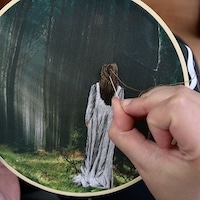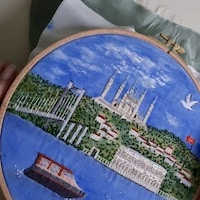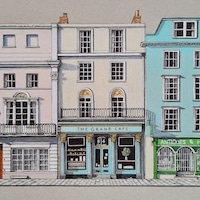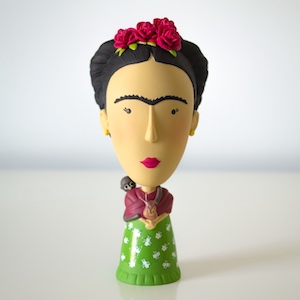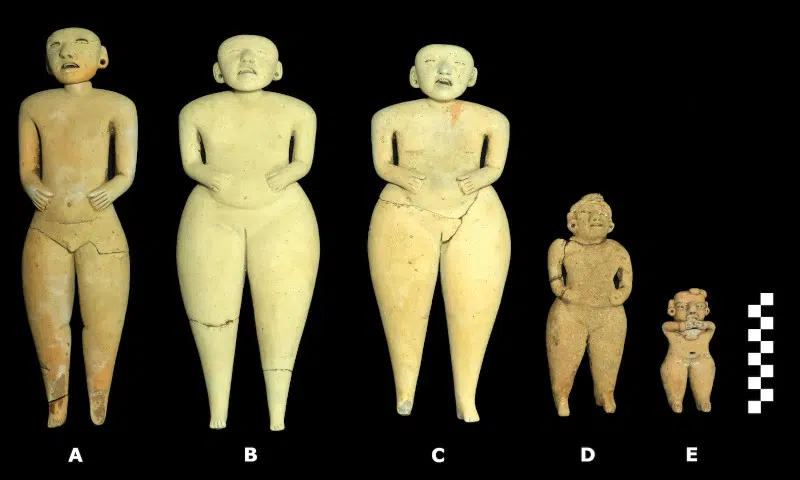
Five figurines from the San Isidro deposit. (Photo: Jan Szymański and Gabriela Prejs via Antiquity, CC BY 4.0)
The pre-Columbian history of El Salvador has been poorly studied in comparison to its neighbors in Central America. This has even led some to believe that the cultures that once settled there were isolated from the rest of the region. But now, the discovery of five ceramic puppets may shed light on how they related to other groups as well as their own rituals, traditions, and crafts.
Dr. Jan Szymański and Gabriela Prejs, archaeologists from the University of Warsaw, published a new study in the journal Antiquity and presented their findings of these figurines. The pair, who have been researching this region since 2018, found a “tableau” of five puppet-like artifacts atop the largest pyramidal structure at San Isidro.
“Very little is known about the identities and ethnolinguistic affiliations of the creators of ancient settlements that predate the arrival of Europeans in the early 16th century,” Dr. Szymański explains in a statement. “This gets worse the further back in time we look.”
Known as Bolinas figurines, these puppet-like objects were made between 410 and 380 B.C.E., meaning they are about 2,400 years old. Their discovery may be a bridge with ancient neighboring societies, as similar items have been found around Central American sites, such as the Mayan settlement of Tak’alik Ab’aj in Guatemala. “This finding is only the second such a group found in situ, and the first to feature a male figure,” adds Dr. Szymański.
The two smallest puppets are about four inches and seven inches tall, respectively, while the other puppets are each about a foot tall. Among the details that surprised the archaeologists are that the larger figurines have detachable heads with a protrusion and socket allowing for articulation. They also have small holes in their necks and craniums where a string can pass through the neck and tie on the top of the head. This style of figurine is found in both western El Salvador and southern Guatemala.
“One of the most striking features of the puppets is their dramatic facial expression, which changes depending on the angle that we look at them from,” says Dr. Szymański. “Seen from above they appear almost grinning, but when looked at from the level angle they turn angry or disdainful, to become scared when seen from below. This is a conscious design, perhaps meant to enhance the gamut of ritual performances the puppets could have been used in.”
Dr. Szymański and Dr. Prejs believe that the puppets' placement on the pyramid suggests that the figurines were part of a ritual, possibly a public one. Their grouping evokes a scene, whose meaning or message has been lost to time. Still, the insights this discovery offers are precious to unearthing the history of the ancient cultures of El Salvador—which has long been hindered by high population density and volcanic eruptions.
“This discovery contradicts the prevailing notion about El Salvador's cultural backwardness or isolation in ancient times,” shares Dr. Szymański. “It reveals the existence of vibrant and far-reaching communities capable of exchanging ideas with remarkably distant places.”
Dr. Jan Szymański and Gabriela Prejs, two archaeologists from the University of Warsaw, unearthed five puppet-like figurines in El Salvador.
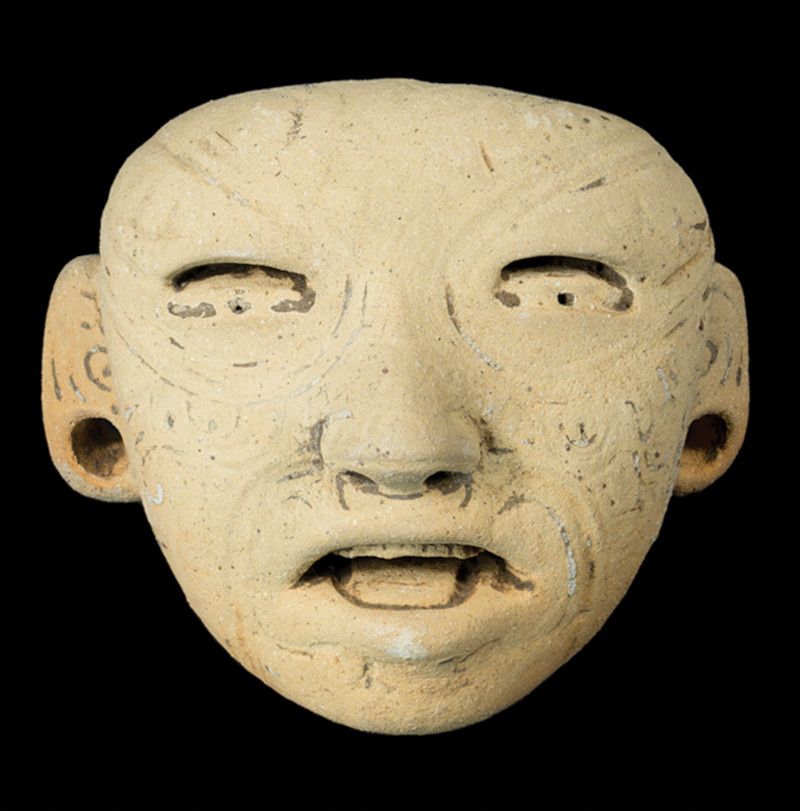
Head of the male figurine with tattoos or scarification. (Photo: Jan Szymański and Gabriela Prejs via Antiquity, CC BY 4.0)
Among the elements that surprised the archaeologists is that the larger figurines have detachable heads and detailed expressions.
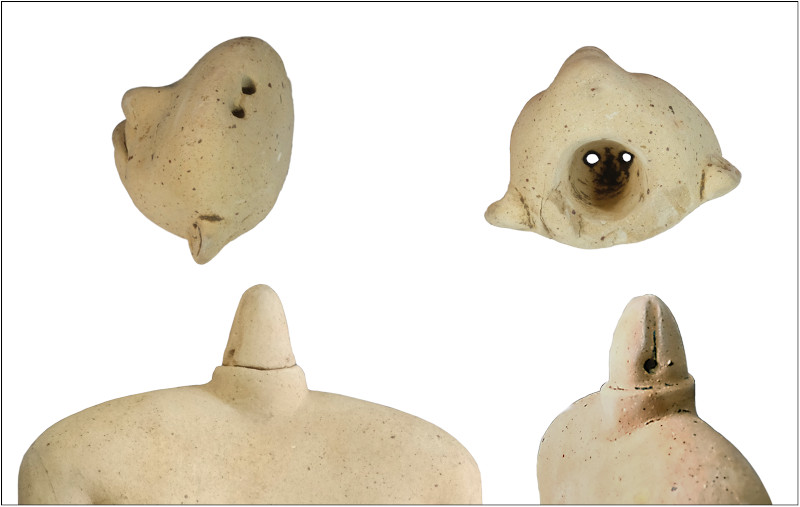
Protrusion and socket allowing for articulation of the head seen in all three large figurines. (Photo: Jan Szymański and Gabriela Prejs via Antiquity, CC BY 4.0)
This discovery suggests that the civilizations that once settled there weren't isolated from other cultures as others have suggested.
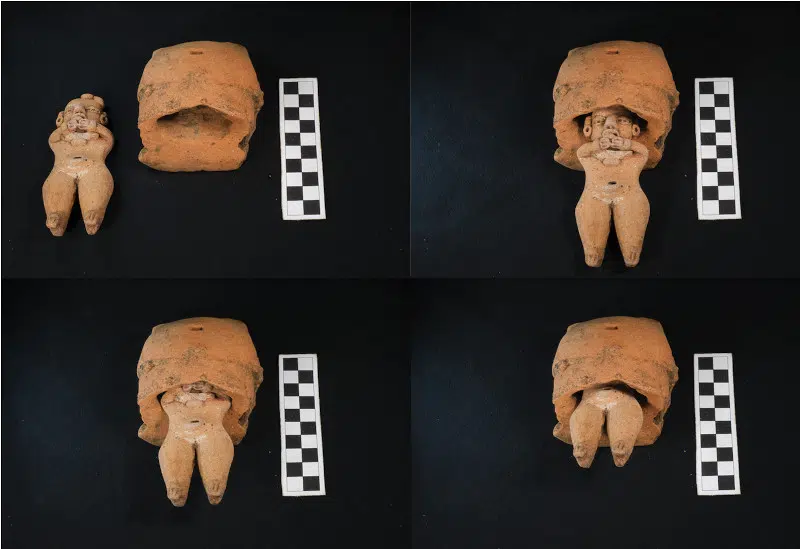
The smallest figurine from the tableau fits inside the hollow belly of another figurine found outside of the deposit. (Photo: Jan Szymański and Gabriela Prejs via Antiquity, CC BY 4.0)
Sources: Of puppets and puppeteers: Preclassic clay figurines from San Isidro, El Salvador; Pre-Columbian ‘puppets' indicate ritual connections across Central America; Faculty of Archaeology UW
Related Articles:
King Arthur Site in England is Actually 4,000 Years Older Than Archaeologists Originally Thought
Archaeologists Unearth 3,500-Year-Old Wooden Spade Preserved in British Wetlands
Archaeologists Have Determined What Ancient Roman Wine Tasted Like
Team of 30 Archaeologists Spend 5 Years Uncovering Ancient Egyptian New Year’s Painting


























